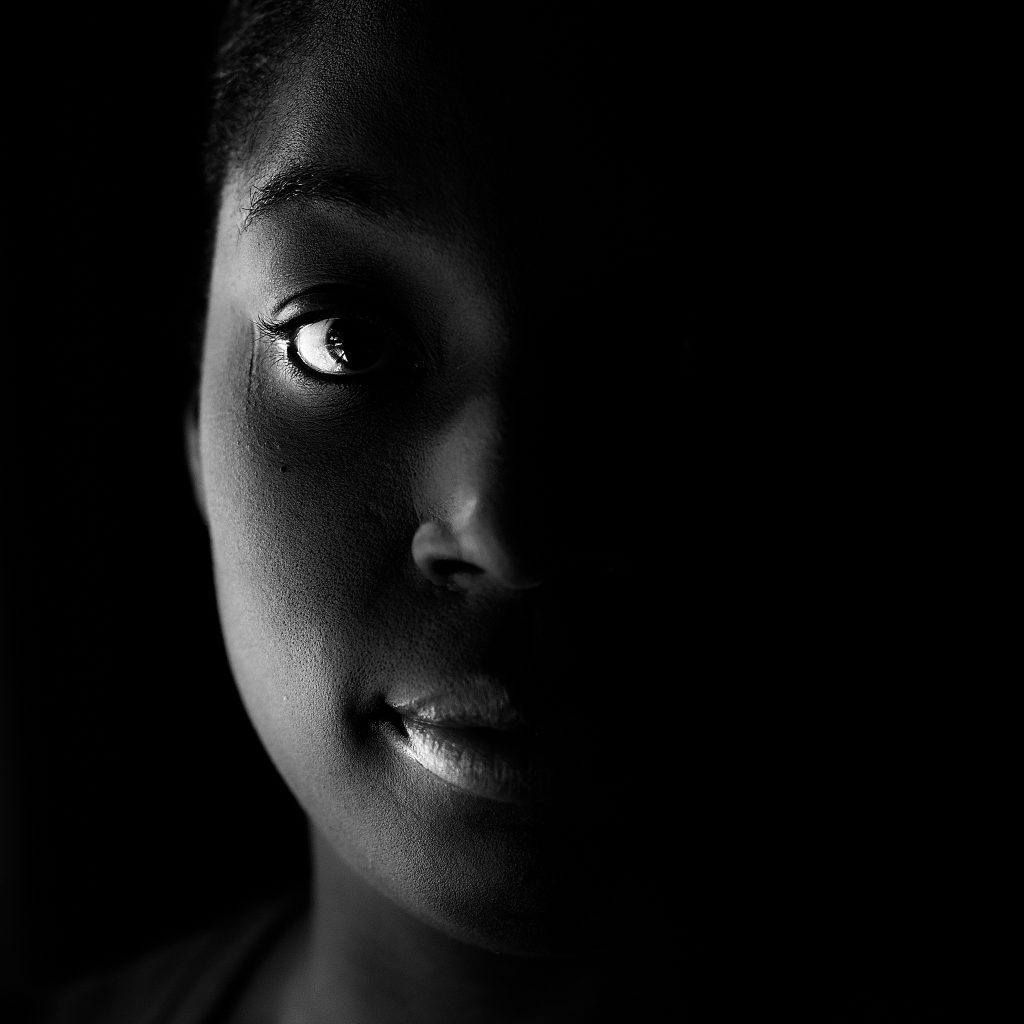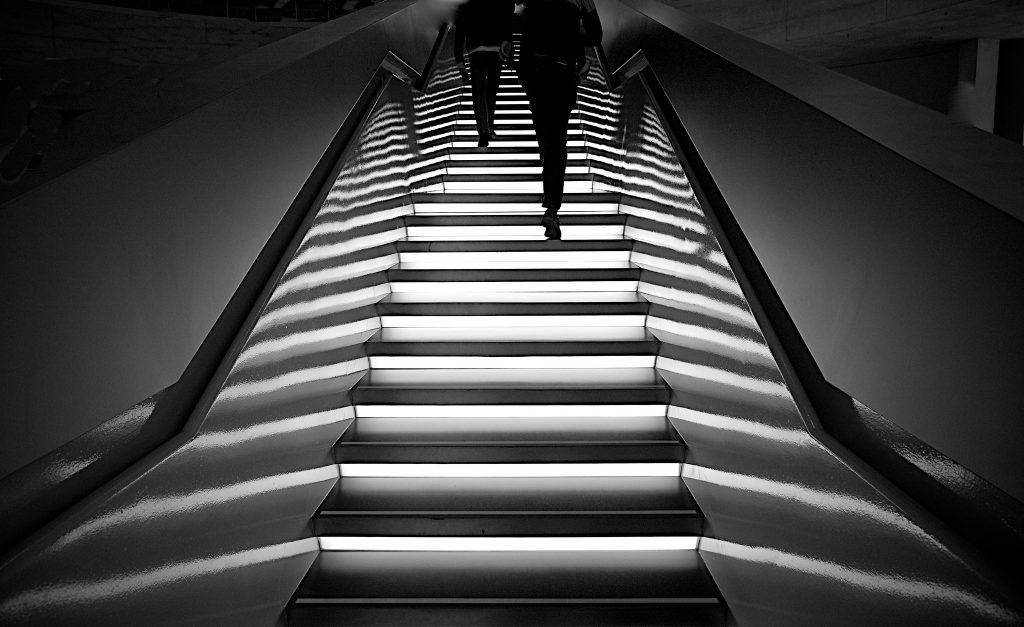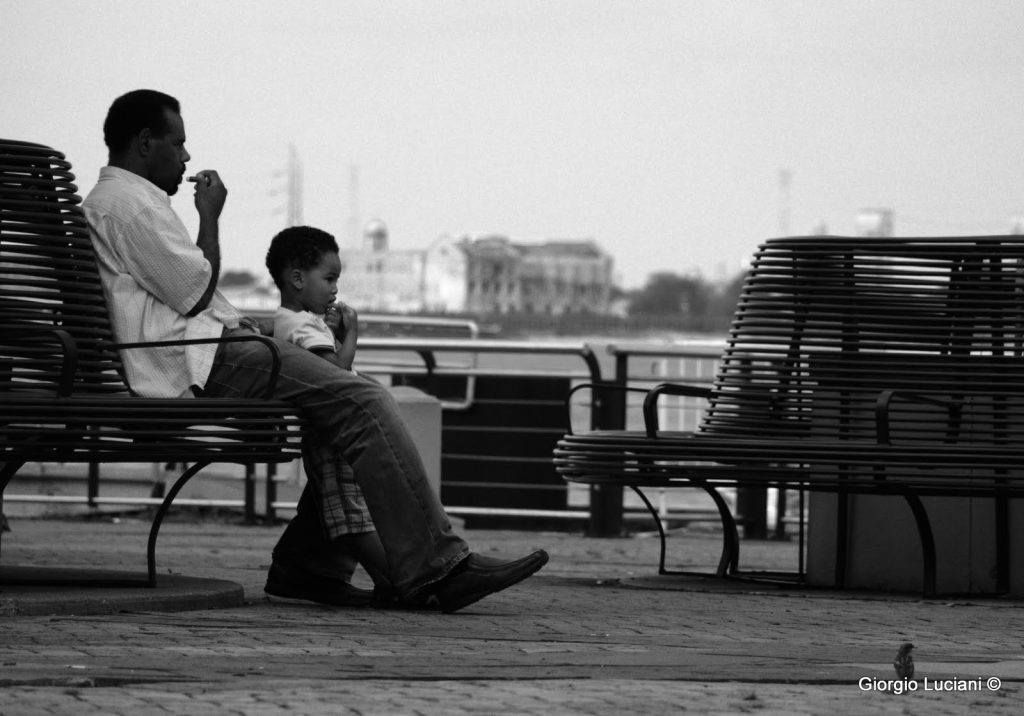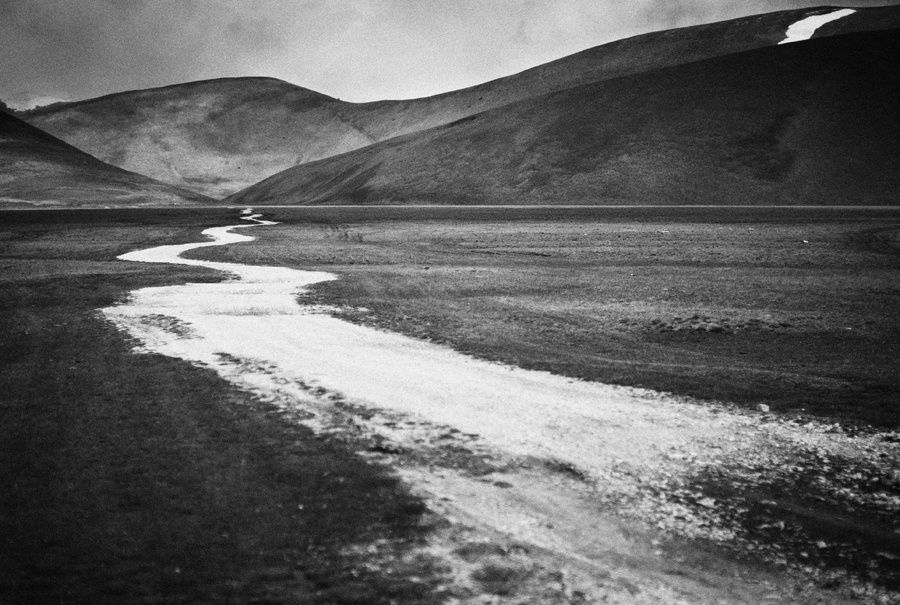Photo by Jason Devaun
Five Elements For Standout Images
We have all seen great photographs. Whether they’re hanging in a gallery or reprinted in the pages of a photo book or posted in high resolution on a webpage, each of us has surely laid eyes upon a photograph deemed to be great. A photograph may be labeled great by a random smattering of individuals or by the collective opinion of the larger photography community. It might be a photograph of World War II soldiers that we consider great; or, perhaps, a photo of a mother and child, or a sparkling waterfall. Photographic greatness seems to defy categorization; virtually anything has the potential to make a great photograph.
If we take a broad and simplistic turn and define a great photo as one that stands out from the crowd, one that somehow separates itself from the plethora of average and not-so-great photos encircling it, it only makes sense that we ask what specific elements of any given great photo make it stand out.
Is it composition and framing? Exposure? What about the location or setting? Yes, each of these elements contributes to the making of a good image, but as we will see below, a great photograph is a mix of both tangible and intangible factors.

Photo by Jason Devaun
1. Light
This may sound fairly obvious, as light is the most basic ingredient of any photograph. You simply can’t make a photo in the absence of light. But in order to move beyond the basics, light has to be given a great deal of consideration. How a photographer uses light — harnessing both the quantity and quality of light, manipulating the direction of light, making measured decisions about what time of day to shoot when using natural light — demonstrates his or her understanding that this most essential element is the starting point for a potentially great photograph.
Think for a moment about the classic portrait lighting patterns such as butterfly lighting, loop lighting, or Rembrandt lighting. Each lighting pattern changes how the landscape of the face is perceived by the viewer, from slimming and flattering to soft and glamorous to dramatic. None of this would be possible without a knowledgeable use of light.

Photo by Magdalena Roeseler
2. Tones

Photo by Aurimas

Photo by Giorgio Luciani
"Those who are able to visualize tones and the important role they play increase their potential for creating a great image."
3. The Moment

Photo by Alias 0591
4. Composition

Photo by Daniel Zedda
5. Polishing
"When the photographer captures a unique, moving, or any other significant moment, the meaning of that moment is then made available for interpretation by all of humanity."

Photo by Mario
Final Thoughts

Photo by Jason Devaun
It is incumbent upon each individual to determine what elements are most important and relevant to their style of shooting and follow them according to their creative leanings. Following one’s instincts is, perhaps, the ultimate means by which to make standout photographs.













